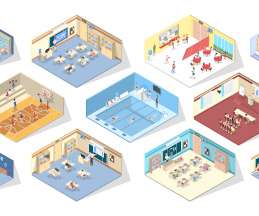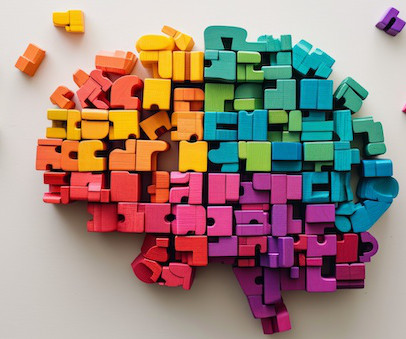How UX classroom design empowers students
eSchool News
APRIL 4, 2022
Instead, project-based learning, flipped classrooms, and a prevalence of technology are the norm. Studies show classroom design affects student learning, so it’s important to design a space that matches 21 st century learning styles. And who understands what they need better than the kids learning there?























Let's personalize your content